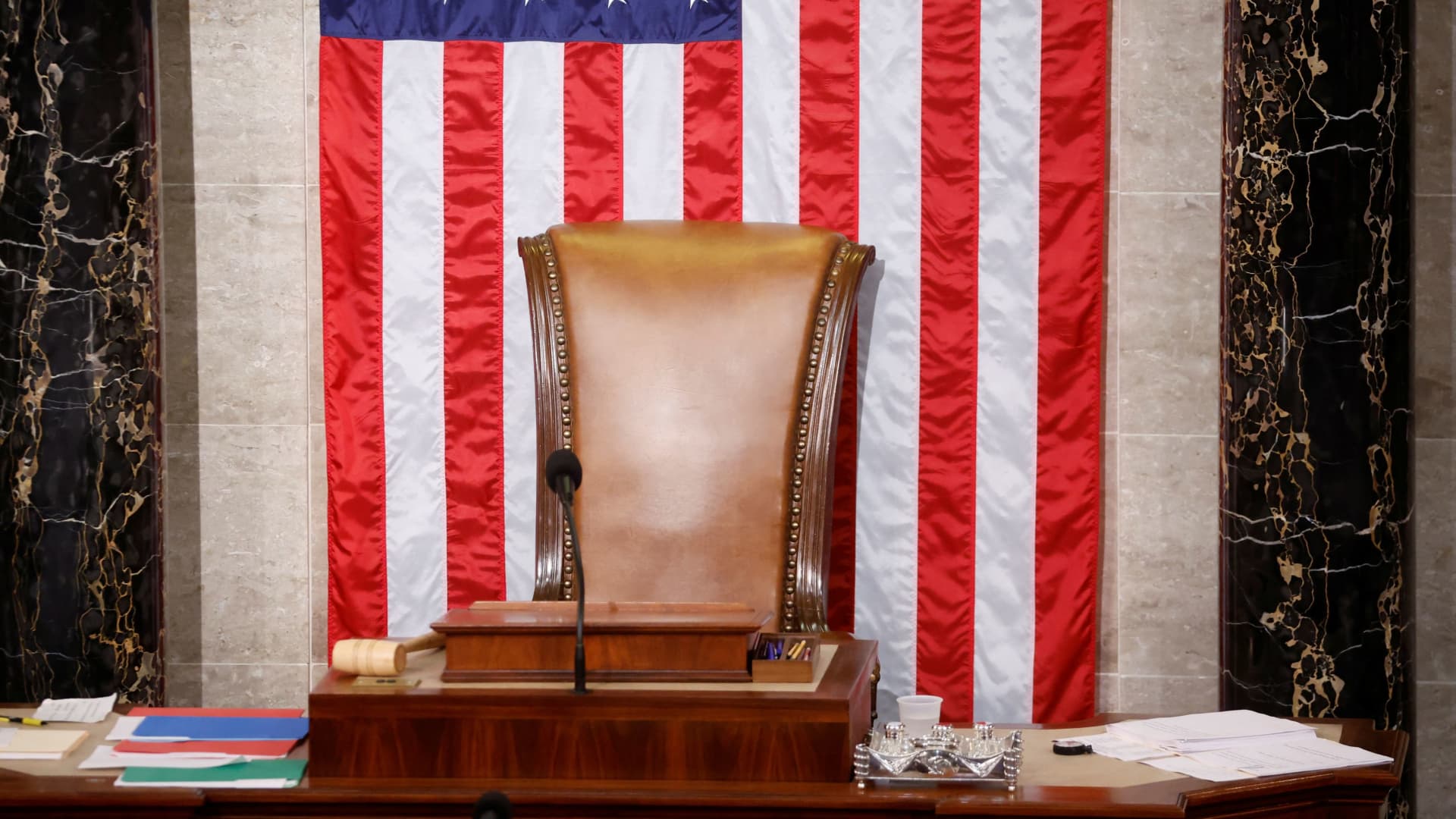Dems in Disarray
— New York Times Pitchbot (@DougJBalloon) October 23, 2023
David Weakliem and Andrew Gelman both posted a somewhat different take on Trump's position. Here's Weakliem
That is, Trump doesn’t seem to have an exceptionally large number of enthusiastic supporters among the public . . . I think his continued strength in the party is mostly the result of Republican elites’ reluctance to challenge him, which is a mixture of genuine support and exaggerated ideas about his strength among Republican voters.I'll try to do a post looking at these numbers soon, but in the meantime, here's part of the bigger issue I have with this idea.
It's possible my choice of illustration will age badly and Emmer will sweep into office on the first ballot, but even if that happens, the events of the past three weeks have brought home the level of dysfunction in the Republican Party.
Admittedly, the current house is something of an extreme case where less than 3% of the Republican members have effective veto power over the party, but we have seen thin margins before, and we have never seen anything like this, at least not in living memory. The basic dynamic is that of a group of distrustful people sitting in a rubber life raft in the middle of the ocean, each holding a big, sharp knife. The most powerful person in this situation is the one who is perceived as being most willing to kill them all.
When we talk about the current Democratic establishment, things look remarkably normal. The head of the party is the president, a long time loyal member who has served in various leadership positions. The vice president has a similarly conventional record. In Congress we have Schumer and Jeffries, likewise veterans of the party with conventional resumes. After that, you have influential members in the senate in the house, as well as former office holders who still have powerful voices in the party. We might quibble about exactly who is in the establishment, but your list and my list would almost certainly have most of the same names.
While the members of the democratic establishment may disagree on many points, they all speak basically the same language, mostly hold common values, are inclined to follow the rules both inside and outside of the party, and at least in the Trump era, have proven surprisingly predisposed toward sticking together.
There is now nothing comparable on the other side. Traditional party leaders like McConnell are fewer in number, have less of a voice, and are widely distrusted by the base. If you made a list of members of the Republican establishment/elite eight years ago, how many names on that list would be on today's list? No list in 2015 would leave off Bill Kristol or Liz Cheney, both were conservative royalty, but today neither has any real influence on the GOP. Along similar lines, the Bushes, for decades one of America's most powerful political families, seem to have gone into the witness relocation program.
Rupert Murdoch is still around, but, for reasons we'll get to next time, does not have the power he once had. The donor class still has the power to get politicians (and possibly judges) to do what they want, it's not clear how much leverage they have in this case (more on that later as well).
We've been talking about the devolution and growing dysfunction of the GOP here at the blog for about a decade. The current state of things is just the logical conclusion of what has been going on for years. The rise of Trump exacerbated the situation but it did not cause it. Much of it traces back to Gingrich. The Tea Party greatly accelerated things. Add to that feral disinformation fed by decades of propaganda and apocalyptic rhetoric designed to keep the base angry and afraid.
While we can debate just how loyal Trump's supporters are, taking down a front runner with an overwhelming lead would be a daunting task for even the most powerful and organized party establishments. I doubt the leaders of the GOP could have done it in 2016. I am sure they can't do it now.

No comments:
Post a Comment